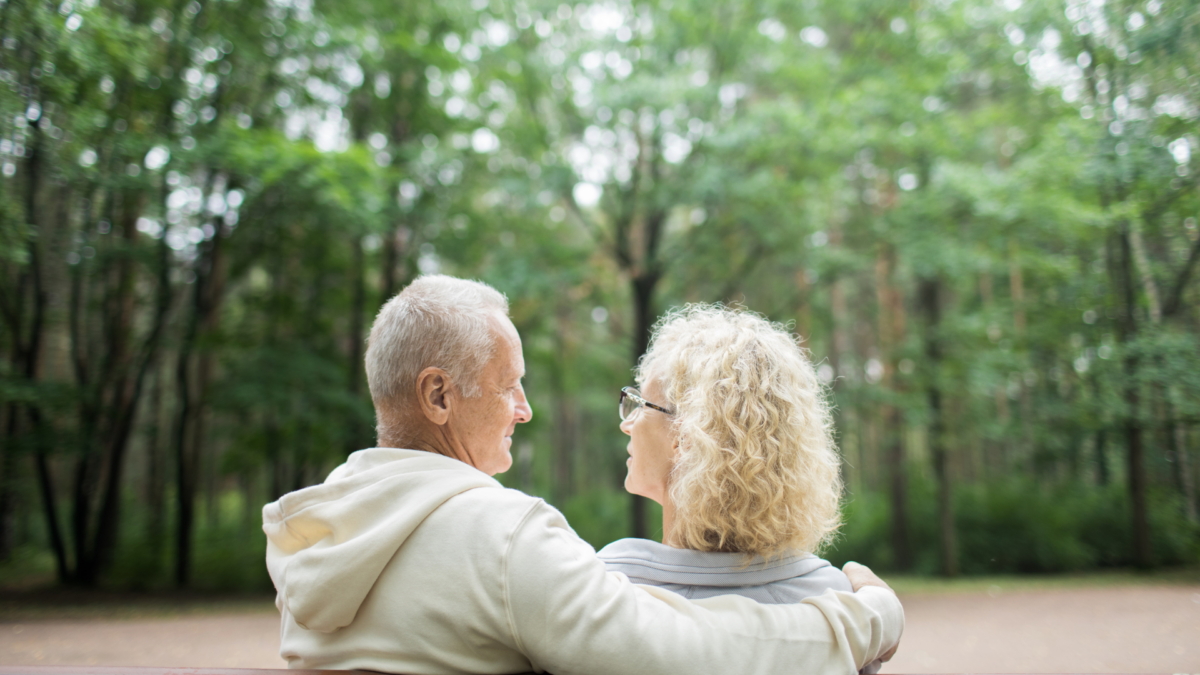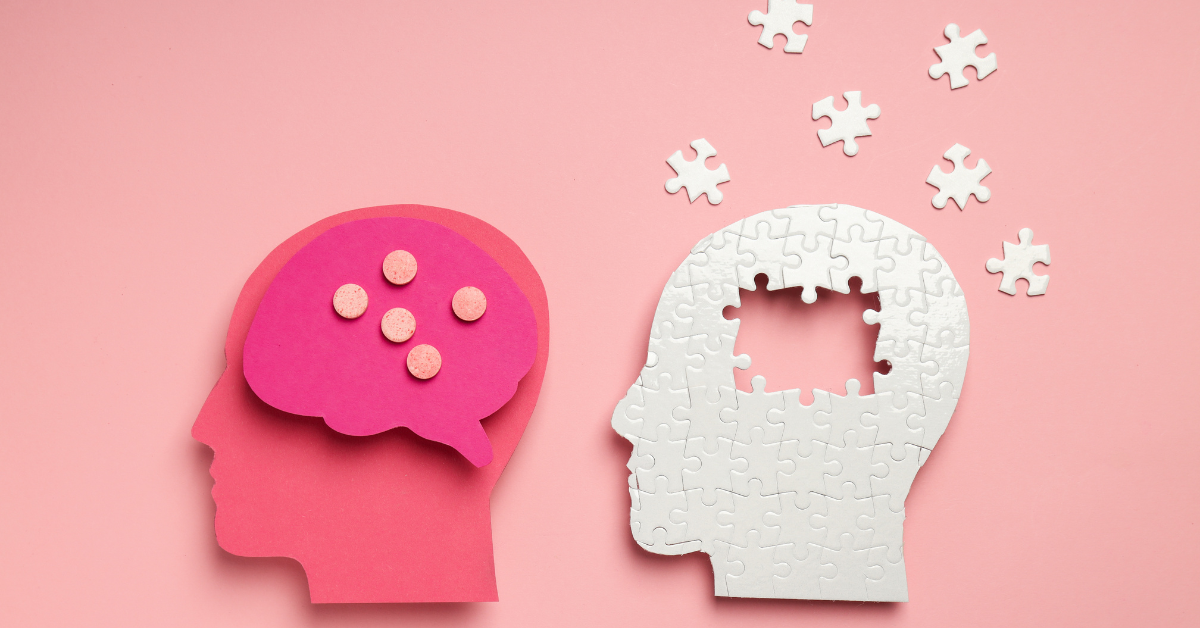In the realm of addiction recovery, mental health awareness plays a crucial step in the path to healing, helping people understand that their condition is multifaceted and, as a result, requires multidimensional treatment.
Mental Health Awareness Month has been held in May for over 70 years, reminding us how far we’ve come in these decades and how much better treatment has become. But there’s still work to do, and it is all essential to people undergoing addiction recovery journeys.
This journey often involves addressing not only the physical aspects of substance use disorders (SUD) but also the psychological and emotional components, so mental health awareness plays a crucial role in the process.
Let’s explore mental health awareness’s role in recovery and how we can positively impact those around us by spreading this awareness.
The Relationship Between Mental Health and Recovery
Dual diagnosis, or co-occurring disorders, is identifying when patients experience both a mental illness and substance use disorder. Many individuals who develop SUDs are also diagnosed with mental disorders, and vice versa. A typical example is someone with depression and alcohol use disorder.
Studies have found that about half of those who experience a mental illness during their lives are also more likely to experience an SUD and vice versa. This relationship highlights the importance of dual diagnosis in treatment plans, as tailored approaches can significantly impact individuals’ recovery outcomes.
Effective treatment of co-occurring disorders requires understanding how these disorders interact and influence each other. All of this means that it’s critical to raise more awareness of the role mental health plays in the recovery process, as someone unaware of the extent of their condition will be less likely to manage and overcome it over the long term.
Educating people on how to recognize symptoms of mental disorders or substance dependency in themselves as well as others is a crucial step in executing early interventions.
Challenges in Identifying Mental Health Issues in Recovery
Despite how common dual diagnosis is, identifying mental health issues within the recovery process can be challenging. Common barriers, such as stigma and lack of awareness, can make them harder to spot, delaying effective interventions.
Moreover, the symptoms of substance use disorders and mental illnesses can overlap, complicating the process of identifying as different but related issues. For example, fatigue and changes in body weight are common symptoms of both substance use disorders and mental health conditions.
Additionally, individuals in recovery may be hesitant to acknowledge or seek help for mental health issues due to fear of judgment or the misconception that these issues are a sign of weakness. They may not be entirely honest or downplay their use of substances and alcohol out of shame or fear of repercussions, or they may not even realize that their habits are unhealthy at all.
By fostering an open dialogue and recognizing early signs, individuals can proactively address mental health concerns, enhancing their overall recovery experience.
The Role of Mental Health Awareness in Recovery
Mental Health Awareness Month offers individuals and families a platform to deepen their understanding and engage with the community.
By participating in awareness initiatives, participants grow a sense of solidarity and empathy, fostering a supportive environment conducive to recovery. Additionally, mental health awareness can help reduce the stigma surrounding mental illness, encouraging more individuals to seek help and support when needed.
By promoting understanding and empathy for people with mental illness, addiction, or both, we can create a more inclusive and supportive environment for those in recovery, enhancing their well-being and chances of positive outcomes.
Enhancing Mental Health Awareness and Support Together
As advocates for mental health awareness, we all play a vital role in enhancing community support and understanding. We can take a proactive approach and leverage available resources to collectively build a more inclusive and compassionate environment for those navigating the challenges of mental health and recovery.
Here’s how you can take action this Mental Health Awareness Month:
- Participating in Mental Health Awareness Month events and other initiatives throughout the year
- Educating yourself about mental health issues
- Sharing what you’ve learned with friends and family
- Participating in online awareness campaigns by posting shareable and personal stories
- Promote safe spaces for honesty and vulnerability to help reduce stigma
- Supporting initiatives that promote mental health and well-being or starting your own
By working together, we can break down barriers to accessing recovery, challenge stigma, and pave the way for a brighter, more empathetic future.
Mental Plays an Important Role in Addiction Recovery
Remember that you don’t have to go through the recovery journey alone. We can commit to wellness and resilience through mental health awareness and support. Reach out to your loved ones if they need help – even just a shoulder to cry on and space to share their story goes a long way.
And if you’re also experiencing mental illness or substance use, remember that there’s no shame in needing help. Speak with your doctor or someone you trust to find the best way to work through your condition at your own pace.









